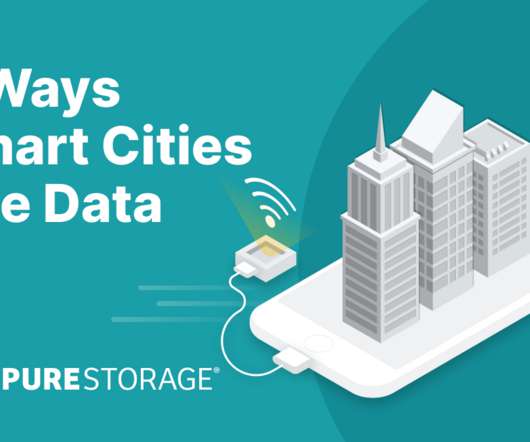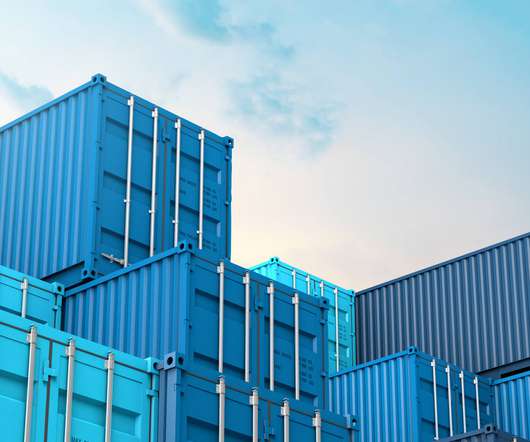5 Ways Smart Cities Use Data—and 4 Ways to Keep That Data Secure
Pure Storage
APRIL 26, 2022
We think of cities as being powered by people, transportation, energy, and buildings—the things we can see with our own eyes as we move around a bustling metropolis. The pandemic has thrown the need for improved public health services into sharp focus. Smart City Data Trends . Building Healthcare Ecosystems. billion by 2026.











Let's personalize your content